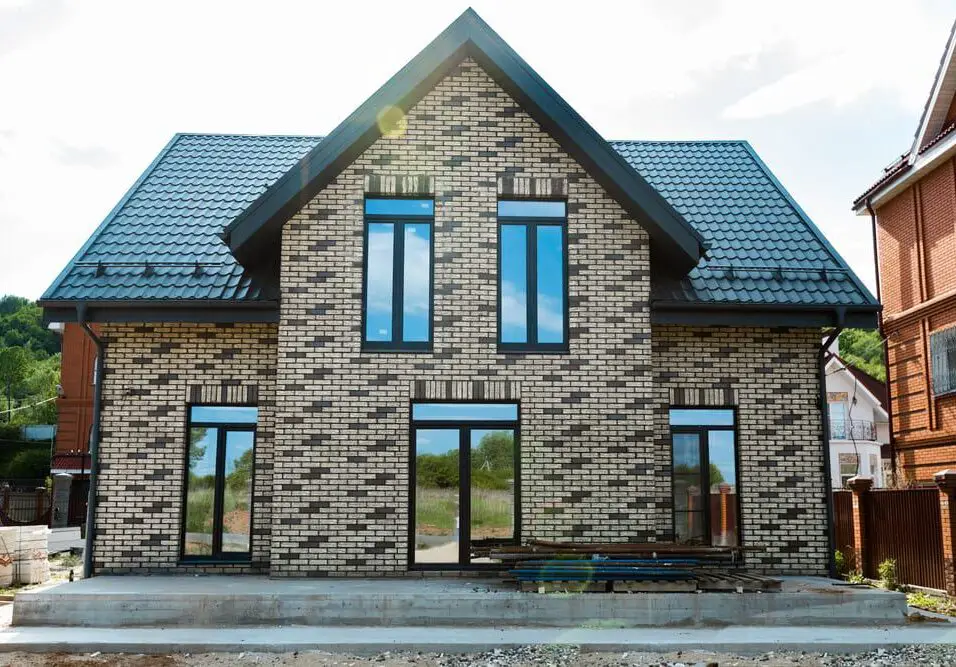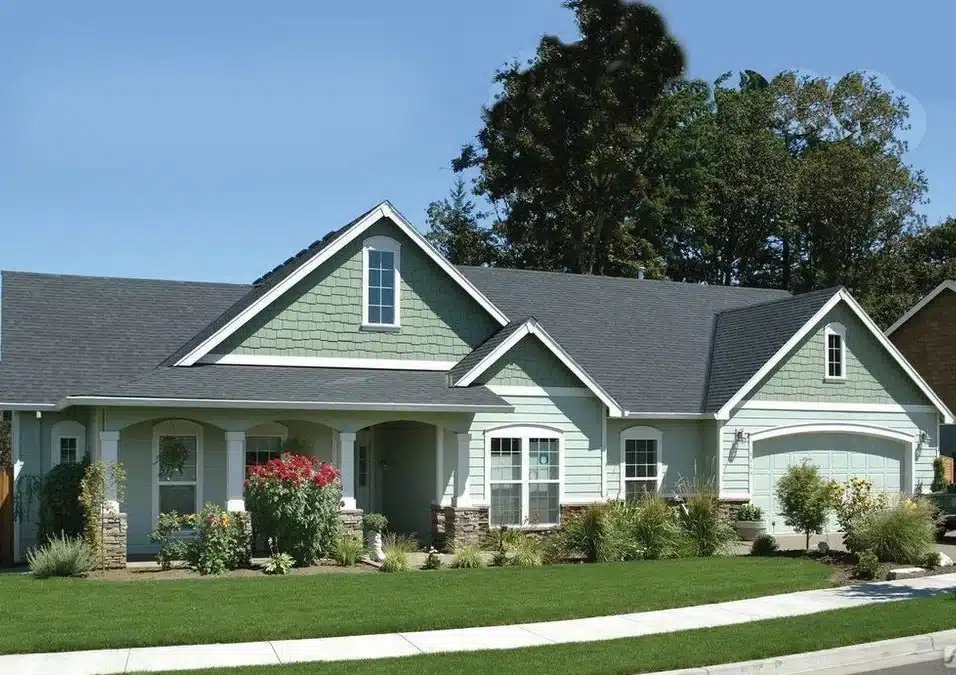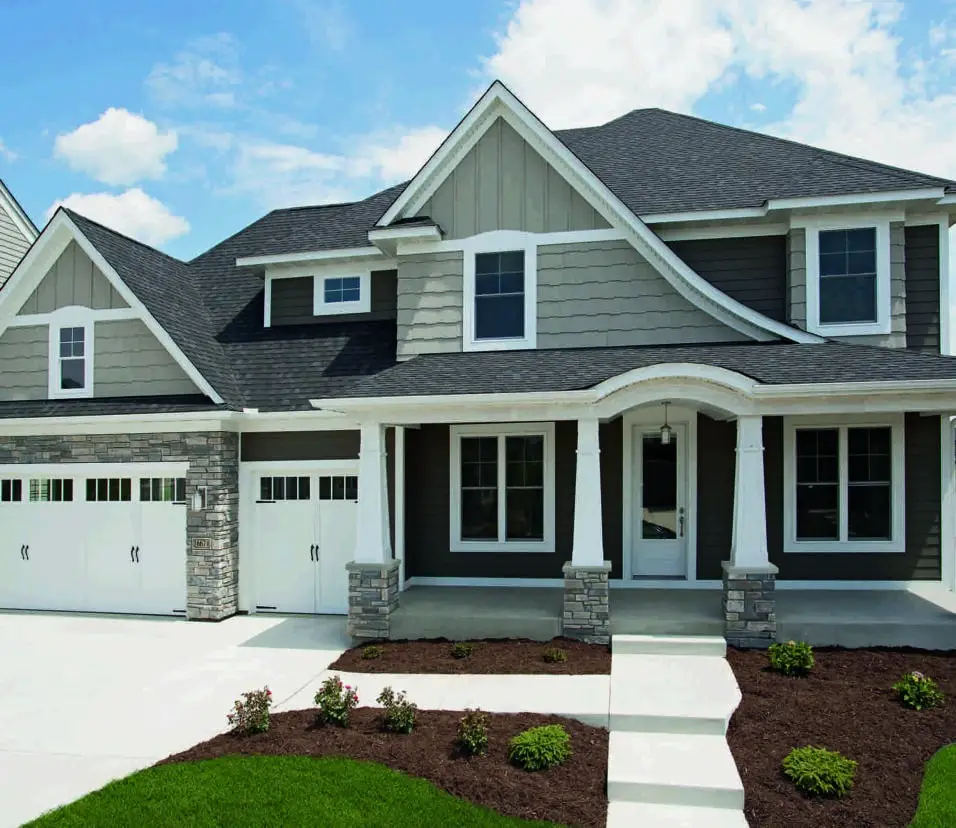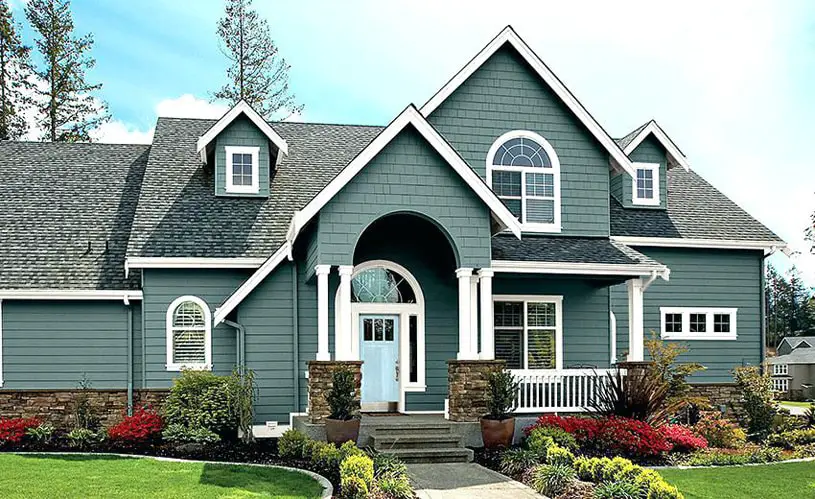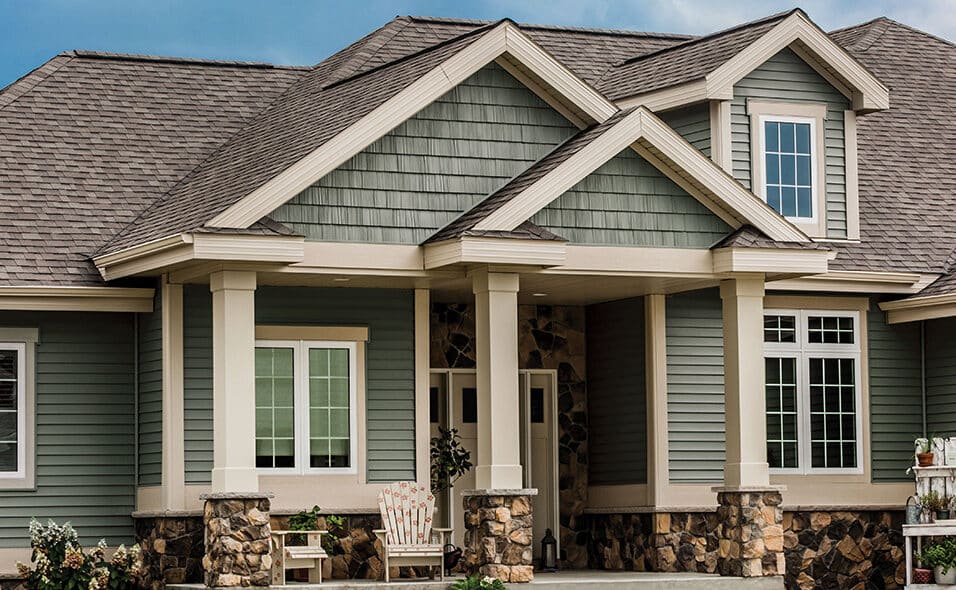How To Install Junction Box For Exterior Light Fixture
Introduction
How To Install Junction Box For Exterior Light Fixture: Adding exterior light fixtures to your home not only enhances its aesthetics but also improves safety and security. However, a crucial step in this process is installing a junction box to safely connect and power these fixtures. The junction box is the backbone of your outdoor lighting system, ensuring it functions reliably and remains weatherproof over time.
In this comprehensive guide, we’ll walk you through the essential steps on how to install LED light a for junction box your exterior light fixture. Whether you’re a seasoned DIY enthusiast or just starting with home improvement projects, you’ll find this guide invaluable. We’ll cover the necessary tools, materials, and safety precautions to take, ensuring a successful installation that will withstand the elements and serve your lighting needs for years to come.
By following these instructions, you’ll not only illuminate your outdoor spaces effectively but also do so with confidence, knowing that your electrical connections are secure and compliant with safety standards.
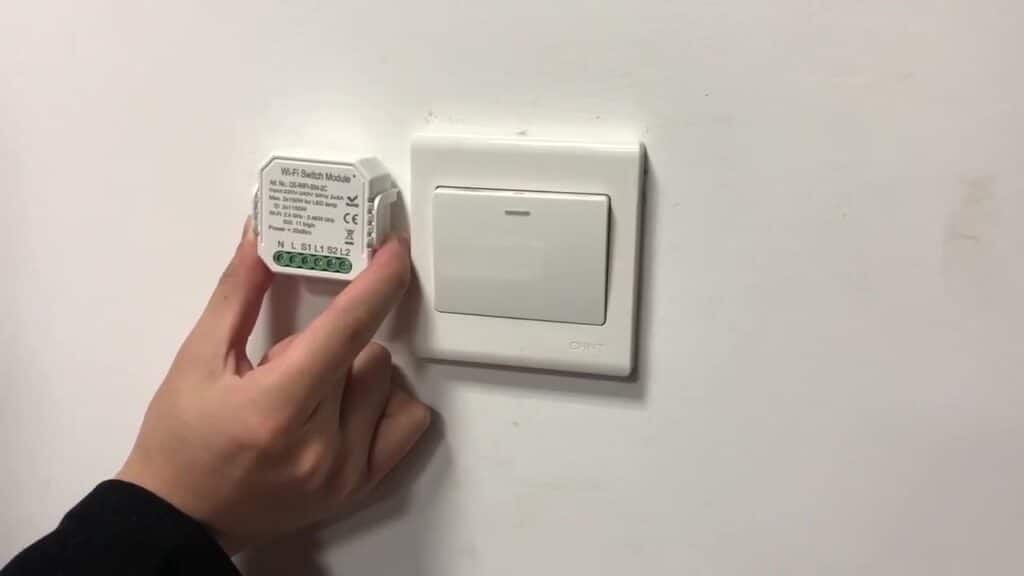
Do exterior lights need a junction box?
You don’t need a junction box for all outdoor light fixtures. You can screw in incandescent and LED bulbs directly into the power outlet – no junction box needed. However, some light fixtures, such as those with metal halide bulbs, require a junction box due to the high wattage of the bulbs.
Yes, exterior lights typically require a junction box for several important reasons. A junction box serves as a protective enclosure for the electrical connections associated with the light fixture. It houses the wiring connections, wire splices, and wire connectors, safeguarding them from environmental factors like moisture, dust, and debris. Additionally, junction boxes are crucial for safety and compliance with electrical codes and regulations.
Without a junction box, the electrical connections would be exposed, making them vulnerable to damage, corrosion, and even short circuits due to moisture or physical contact. Exposed wires pose significant safety risks and can lead to electrical fires or other hazards.
What box to use for exterior light?
Outdoor Electrical Box
Outdoor boxes must have an outdoor cover or fixture rated for damp or wet locations, depending on the application. When selecting a junction box for exterior lights, it’s essential to choose one specifically designed for outdoor use.
The choice of material and size of the junction box depends on the specific needs of your exterior light fixture and your local climate conditions. Metal boxes may offer increased durability but can be susceptible to rust, while plastic and fiberglass boxes are typically corrosion-resistant. Make sure the box is large enough to accommodate the wiring and connectors required for your light fixture. Always verify that the chosen junction box is compliant with local building codes and regulations to ensure it meets safety and performance standards.
Can I mount a light without a junction box?
For example, if you have a light fixture that doesn’t need a box for mounting, but the wiring connections are not protected by some kind of cover, then you can’t use the fixture without a junction box. Or, if a fixture meets all of the criteria of a box but lacks a cable clamp, don’t use it without a box.
Mounting a light fixture without a junction box is not advisable and is generally considered unsafe and non-compliant with electrical codes. Junction boxes play a critical role in electrical installations by providing a secure and protected environment for wiring connections. They shield the connections from moisture, physical damage, and other external factors that can compromise safety and functionality.
Moisture, dust, and debris can infiltrate the connections, potentially causing short circuits or corrosion. Moreover, exposed wires pose a significant safety hazard, increasing the risk of electrical shock or fires. Many local electrical codes and regulations mandate the use of junction boxes for these reasons.
For safety and code compliance, it is always best to use a junction box when mounting a light fixture. This ensures that the electrical connections remain protected and secure, reducing the risk of accidents and ensuring the long-term reliability of your exterior lighting.
Can you put a junction box on the outside wall?
Yes, you can install a junction box on an outside wall when necessary for electrical connections associated with exterior fixtures. When installing a junction box on an outside wall, it’s important to consider the fixture’s location, wiring requirements, and local electrical codes.
Installing a junction box on an outside wall is a common practice for outdoor lighting, providing a secure and protected space for electrical connections while ensuring the safety and longevity of your fixtures.
What is a junction box for a light fixture?
The modern lighting junction box, or electrical box, is where the electrical wires originate. The junction box is where you will connect the wires to the cord set, and also where the ceiling canopy will attach to support the light fixture.
A junction box for a light fixture is an essential component in electrical installations that serves several crucial purposes. It is a protective enclosure, typically made of metal or plastic, designed to house and secure the electrical connections associated with the light fixture.
One of the primary functions of a junction box is to ensure the safety of the electrical connections. It shields the connections from moisture, dust, debris, and physical damage, all of which can compromise the integrity of the wiring and pose safety risks.
Junction boxes are also essential for code compliance. Electrical codes and regulations often require the use of junction boxes to meet safety standards. Overall, a junction box for a light fixture is a critical component that ensures the functionality, safety, and longevity of your lighting system.
Which wire is used for junction box?
Such as black for heat, white as a neutral channel, and copper or green wire for grounding the connection. Sometimes other wires are also seen, those usually have secondary properties and power the lighting. Through the sub-panel or main electrical panel of the electrical junction box runs an enclosed Romex wire.
The type of wire used in a junction box depends on the specific electrical installation and the wiring requirements of the connected devices. Typically, electrical installations use copper or aluminum wires. Copper is the most common choice due to its excellent conductivity and corrosion resistance.
Here are some key considerations regarding the wires used in a junction box:
- Wire Gauge: The wire gauge, often referred to as the wire size, should be appropriate for the electrical load and circuit. Larger gauge numbers indicate thinner wires, while smaller gauge numbers represent thicker wires capable of carrying higher current loads.
- Insulation Type: The wires used in a junction box should have insulation appropriate for the specific application. For outdoor installations or those exposed to moisture, it’s crucial to use wires with weather-resistant or outdoor-rated insulation.
- Color Coding: Wires are often color-coded to identify their function.
- Splicing and Connections: Inside a junction box, wires are connected using wire connectors or wire nuts. Properly connecting wires is crucial to maintain electrical integrity and safety.
It’s essential to follow these guidelines to ensure a safe and reliable electrical connection within the junction box.
What is an outdoor junction box?
Electrical junction boxes protect delicate electrical connections outside, even beneath. These junction boxes can endure precipitation, rain, snow, UV radiation, and temperature changes. They are essential for housing electrical connections associated with outdoor fixtures such as outdoor lights, security cameras, or electrical outlets. These boxes come in various sizes and styles to accommodate different wiring needs and installation requirements.
Do I need a mounting block for exterior lights?
Whether you need a mounting block for exterior lights depends on the specific type of fixture and the installation surface.
They serve several purposes:
- Aesthetic Appeal: Mounting blocks can enhance the visual appeal of your outdoor lighting installation by providing a decorative and finished look. They can help conceal wiring and create a polished appearance.
- Weatherproofing: Mounting blocks can be designed with features that improve weather resistance and protect the electrical connections behind the fixture. They can act as a barrier against moisture and prevent water from entering the wall cavity.
- Ease of Installation: They make it easier to mount the light fixture securely and provide a stable surface for attachment. This can simplify the installation process.
- Maintenance: Mounting blocks can make it easier to access and maintain the light fixture in the future.
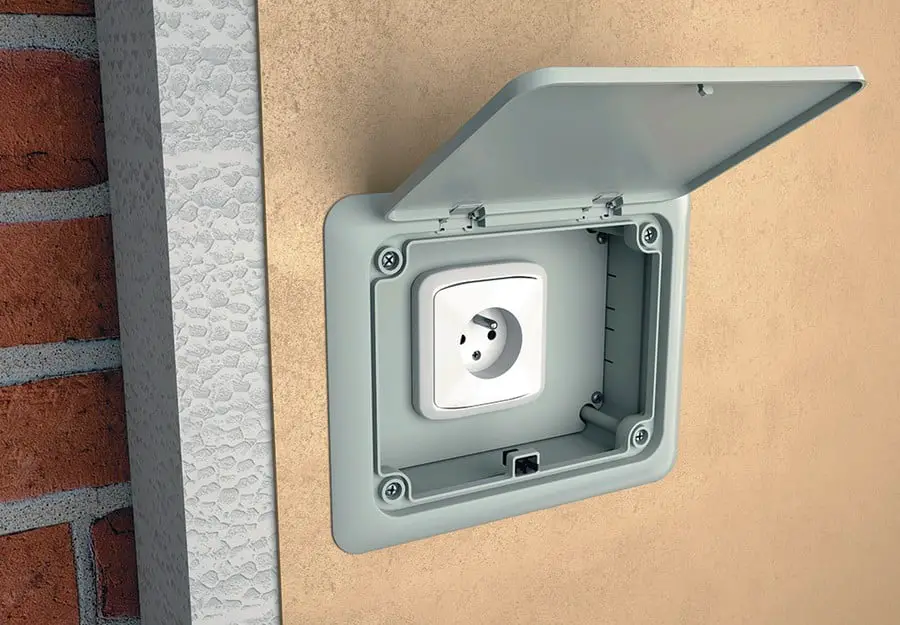
Conclusion
For a well-lit, secure, and attractive outside space, install a junction box for your exterior light fixture. This article will show you how to choose, place, and secure a junction box for a safe, weatherproof electrical connection.
Remember to always prioritize safety throughout the installation process and adhere to local electrical codes and regulations. Maintenance and inspections will keep your outdoor lighting system in good condition, benefiting your home’s aesthetics and functionality.
Now that you have the knowledge and confidence to install a junction box for your exterior light fixture, it’s time to enjoy the enhanced beauty, security, and functionality it brings to your outdoor areas. Illuminate your home’s exterior, transform its appearance, and create inviting spaces for all to enjoy
.




